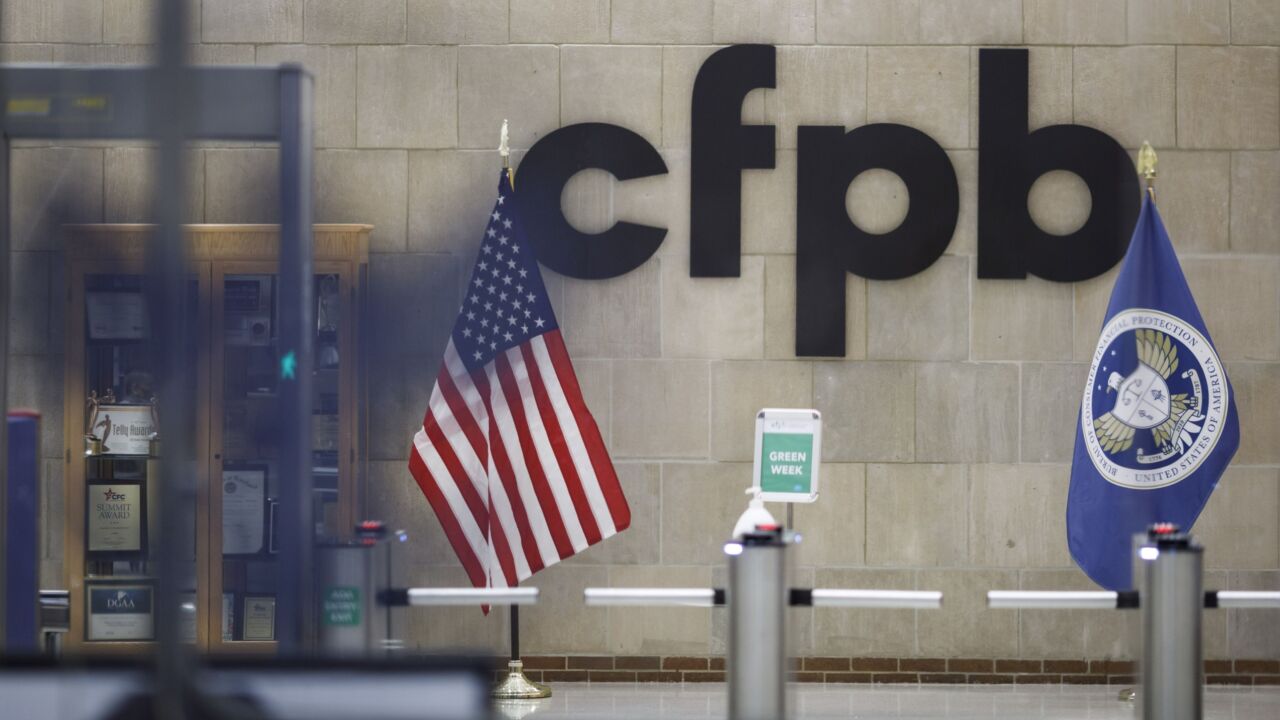
When a lawyer wields a regularly updated, 150-page compliance manual as evidence against a bank, it's more important than ever to make sure company documents are heavy on details.
That's a key takeaway from a recent lawsuit filed by a bankrupt homeowner against Wells Fargo. The plaintiff entered into evidence a "Foreclosure Attorney Procedure Manual" prepared by the bank for its outside lawyers, which Wells Fargo says is meant to help them follow state laws and regulations. According to Wells, the manual has been updated to keep pace with changing rules more than 30 times since the February 2012 version cited in the case. But bankruptcy lawyer Linda Tirelli interpreted it as a
Whether or not that reading of the document bears out, the case serves as a reminder that mortgage servicing practices will face intense scrutiny for years to come, compliance experts say.
"The biggest lesson is that [banks] have to be as bulletproof as they possibly can in any internal or external documentation that they share across the company as well as with outside legal counsel," says Cliff Rossi, a finance professor at the University of Maryland's Robert H. Smith School of Business. "That's a no-brainer."
With the robo-signing scandal of 2010 still fresh in the minds of both the public and regulators, Rossi says that lenders must go above and beyond to protect themselves against accusations of misconduct.
"The intent must be clear that all [documents] are doing is trying to show, here's our checklist of information that you must have in place, here's how you go about acquiring it and from whom," Rossi says. Documents must show that "there's not even a hint of trying to ask anyone, internally or externally, to do anything improper."
Indeed, one of Tirelli's arguments is that the Wells manual instructs attorneys that they must determine whether the company has the authority to execute an allonge—an attachment to a promissory note—but includes no such requirement for the endorsement of notes. The discrepancy "seems to indicate that they will endorse the note itself even if they don't have the authority to do so," Tirelli said in a recent
Because regulators and bankruptcy lawyers alike are paying close attention to lenders' foreclosure practices, Rossi recommends that banks go over manuals with a fine-toothed comb before committing to processes. "You can't have enough reviews on these kinds of things before they get formalized because of all the heightened scrutiny that comes from the outside," he says.
Wells did not respond to requests for comment beyond an earlier statement that its foreclosure processes are "appropriate, legal and customer focused."
Some lenders may use written documents like the Wells attorney's manual as internal controls. In order to ensure such controls work effectively, lenders can look at exam manuals to ensure that they have a thorough understanding of how bank supervisors oversee them.
"You prophylactically should want to know, 'How is my organization doing' and not wait until someone ferrets it out," says Ernest Patrikis, a partner at the law firm White & Case and former general counsel for the Federal Reserve Bank of New York.
Lenders should also take preemptive action when tongues start wagging outside the organization, he says.
"When you see something in the newspapers, including American Banker, on an issue, you should query your own people in terms of 'Where are we?'" Patrikis says. "When the issue becomes warm, you deal with it. You don't wait."
A broader lesson is that banks should take a holistic approach to thinking about risk when developing new practices, Rossi says.
"Each of the risks a bank faces—reputational, legal, credit—





